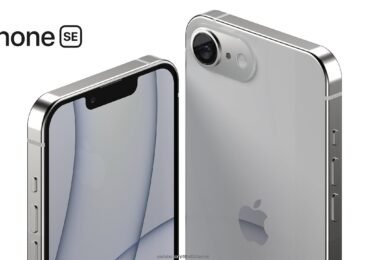
The National Database and Registration Authority (NADRA) recently unveiled ‘IRIS,’ an advanced biometric identification system that utilizes iris scanning or eye scanning technology. According to a spokesperson from Nadra, this new system will complement existing identification methods such as fingerprint and facial recognition.
Highlighting the system’s reliability, the Nadra spokesperson emphasized its remarkably low error margin, positioning it among the most effective biometric identification methods available. Iris scanning involves analyzing the distinct patterns within the ring-shaped region surrounding the pupil. It is often confused with retina scans, a slower but 70 times more accurate verification method typically used in military applications.
Compared to retina scanning, iris scanning is more cost-effective, although it requires a substantial amount of materials. Nevertheless, implementing this technology will significantly bolster Nadra’s security measures, establishing a safer and more robust verification system.
Additionally, the spokesperson highlighted the long-term advantages of iris scans over other verification methods. Once registered, an individual’s iris scan serves as a permanent means of identification. This means that a child who registers their iris scan can rely on it for their entire life, enhancing convenience and efficiency.
While Nadra has been utilizing the Automated Finger Identification System (AFIS) for most civilian identification purposes, the introduction of IRIS raises questions about potential future changes. We invite you to share your thoughts on this development in the comments section below.
The National Database and Registration Authority (NADRA) recently unveiled ‘IRIS,’ an advanced biometric identification system that utilizes iris scanning or eye scanning technology. According to a spokesperson from Nadra, this new system will complement existing identification methods such as fingerprint and facial recognition.
Highlighting the system’s reliability, the Nadra spokesperson emphasized its remarkably low error margin, positioning it among the most effective biometric identification methods available. Iris scanning involves analyzing the distinct patterns within the ring-shaped region surrounding the pupil. It is often confused with retina scans, a slower but 70 times more accurate verification method typically used in military applications.
Compared to retina scanning, iris scanning is more cost-effective, although it requires a substantial amount of materials. Nevertheless, implementing this technology will significantly bolster Nadra’s security measures, establishing a safer and more robust verification system.
Additionally, the spokesperson highlighted the long-term advantages of iris scans over other verification methods. Once registered, an individual’s iris scan serves as a permanent means of identification. This means that a child who registers their iris scan can rely on it for their entire life, enhancing convenience and efficiency.
While Nadra has been utilizing the Automated Finger Identification System (AFIS) for most civilian identification purposes, the introduction of IRIS raises questions about potential future changes. We invite you to share your thoughts on this development in the comments section below.




